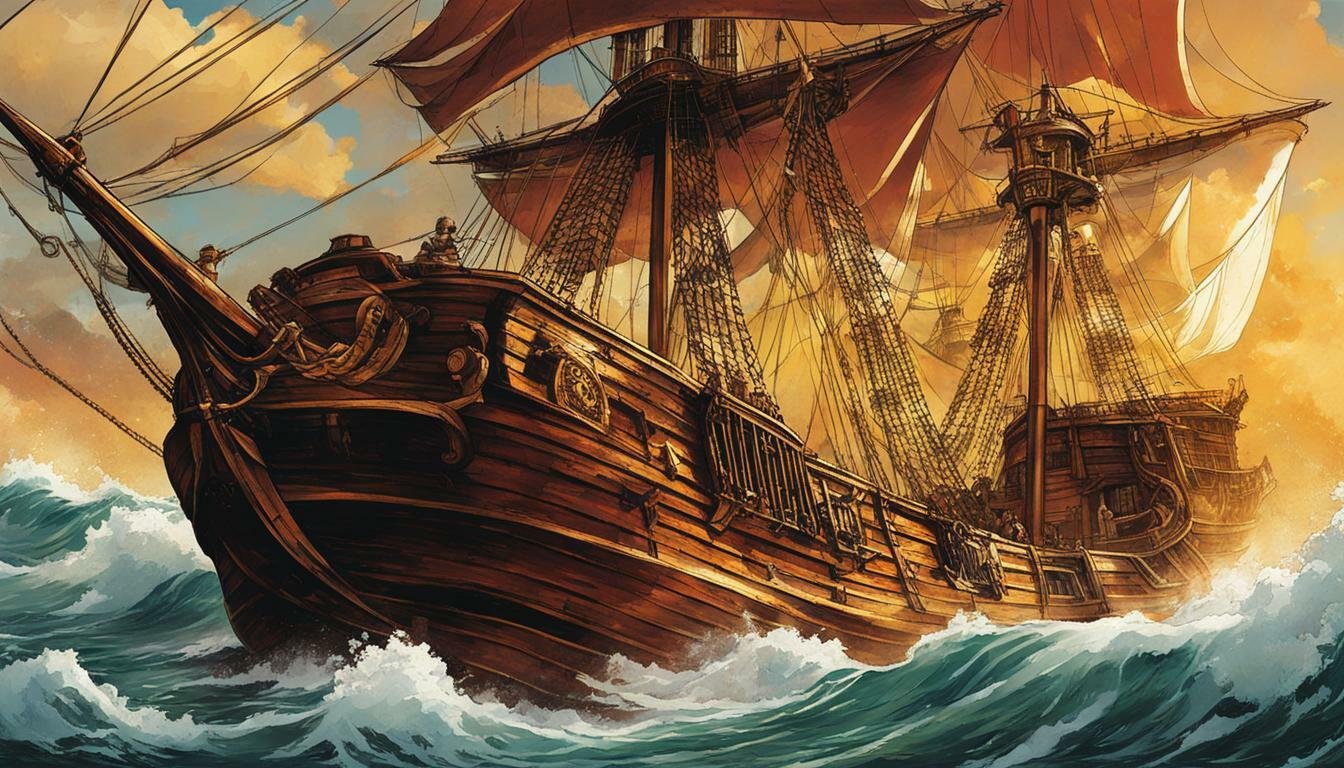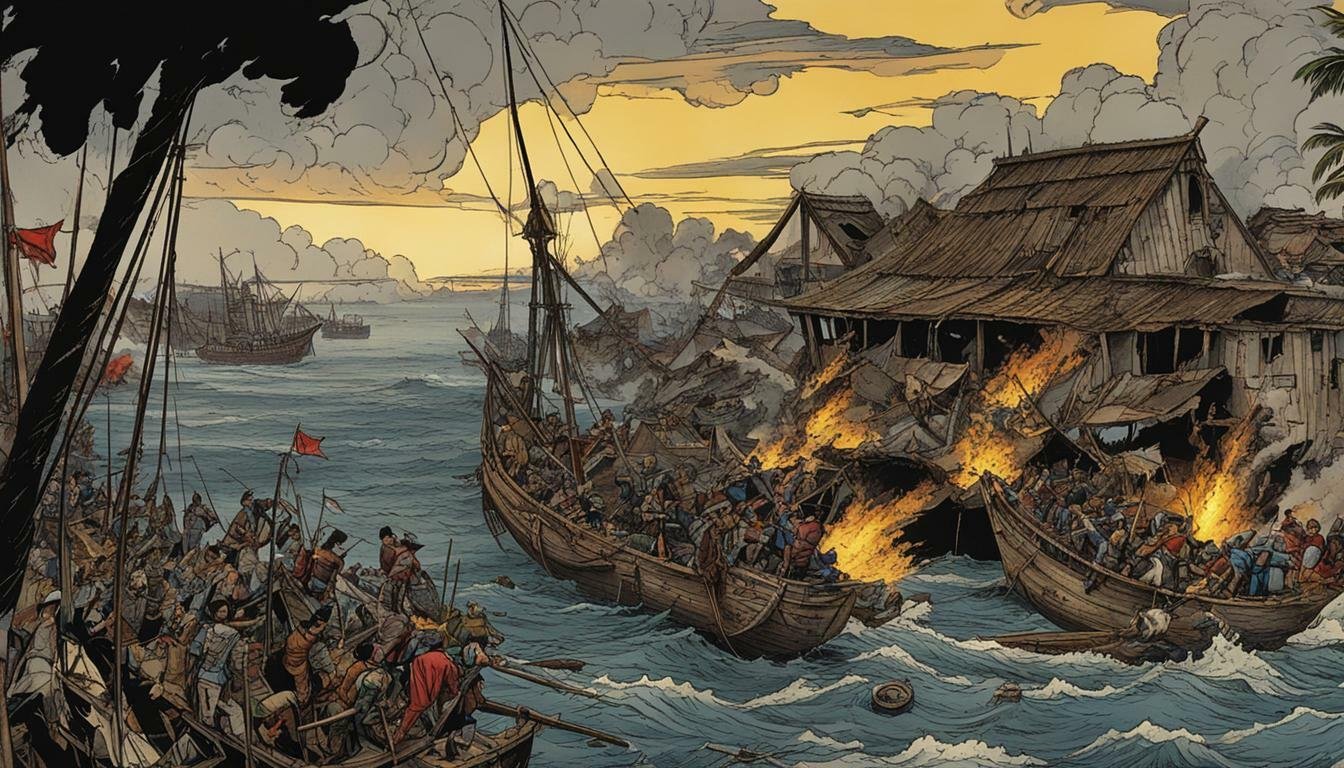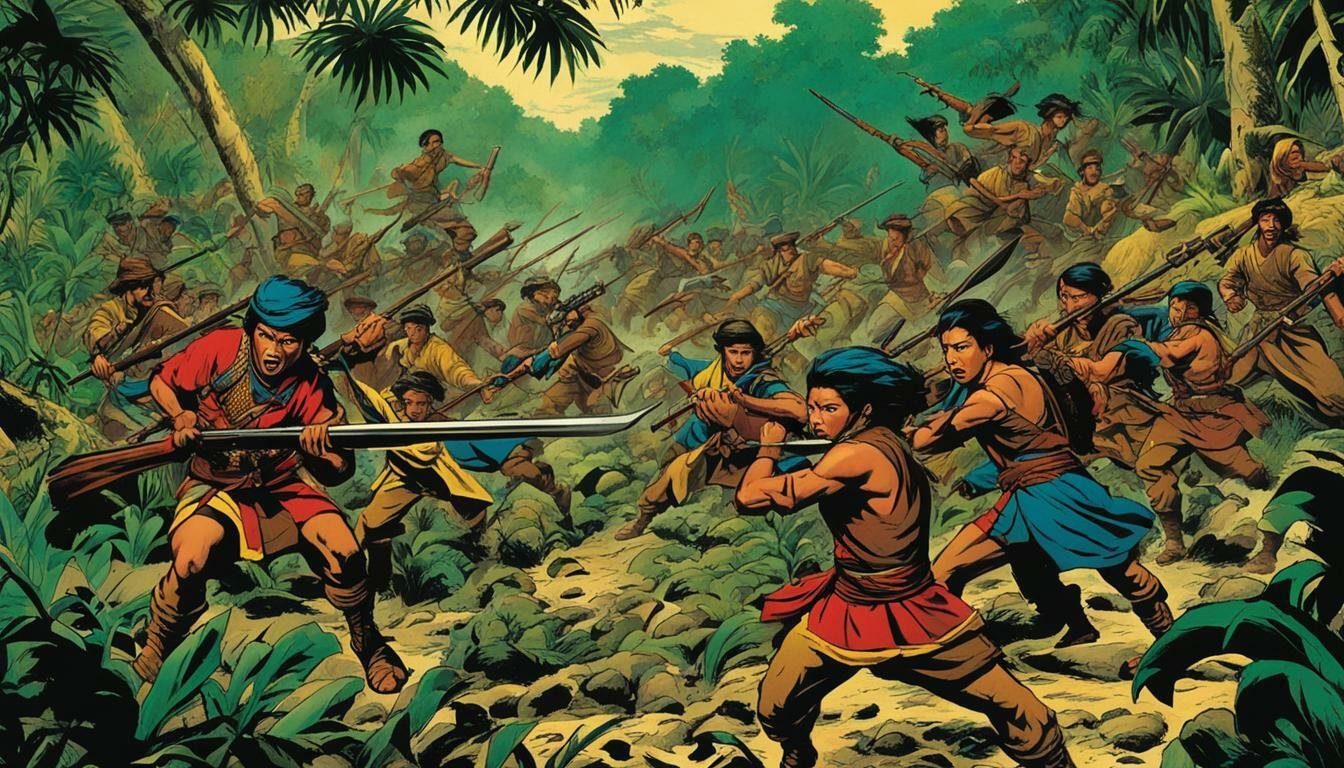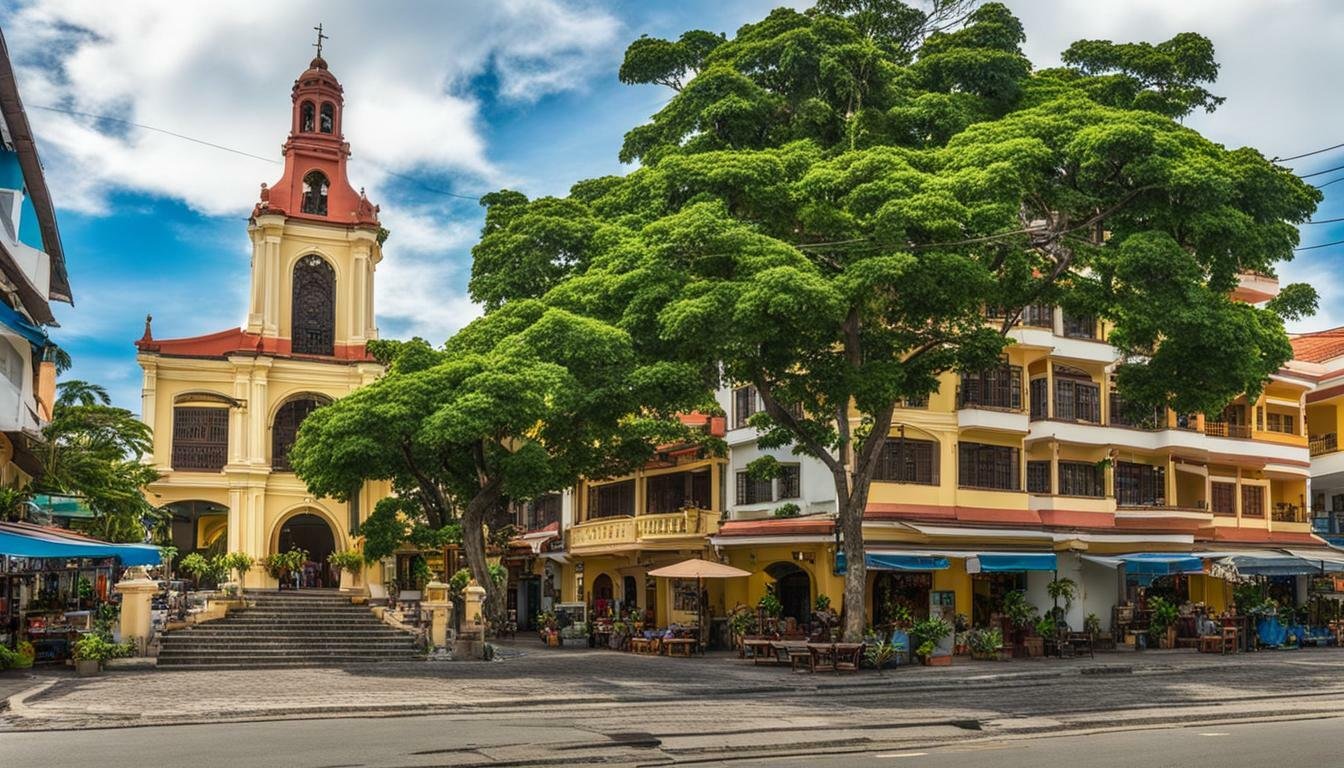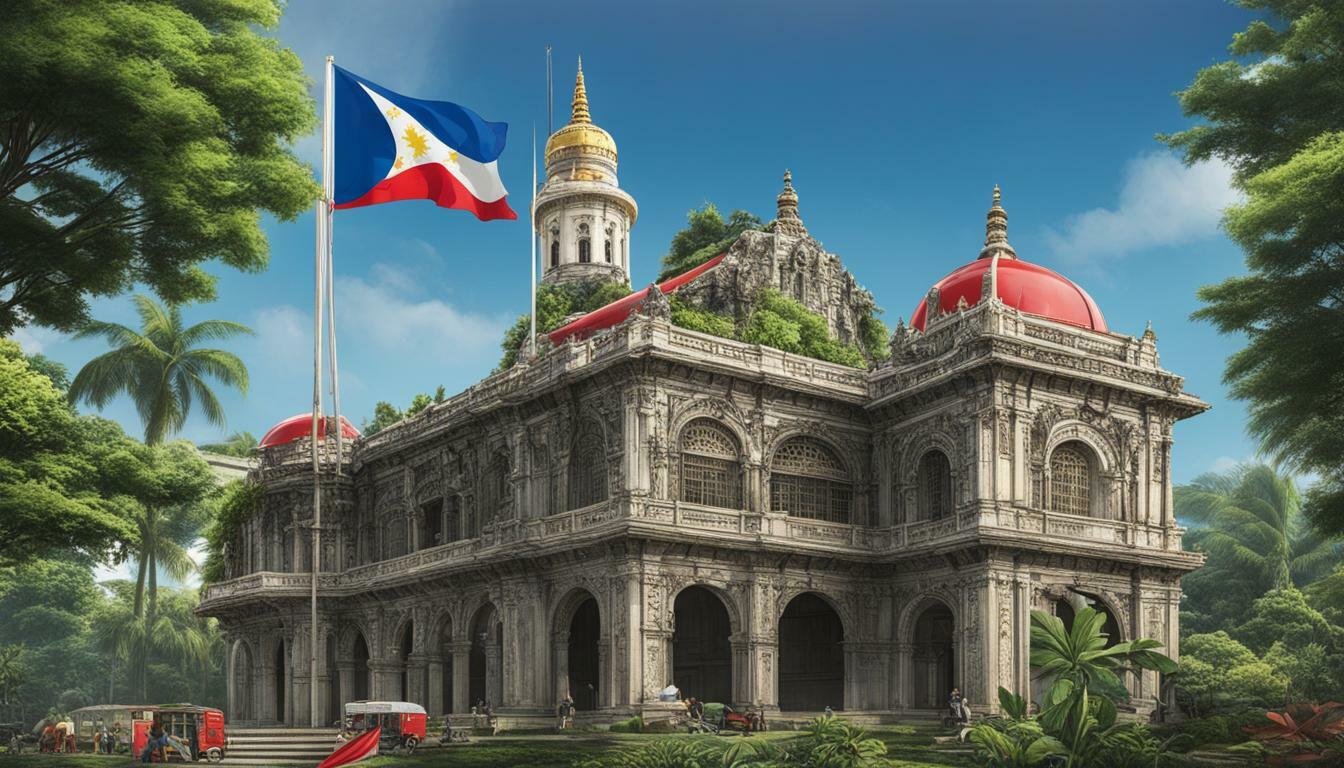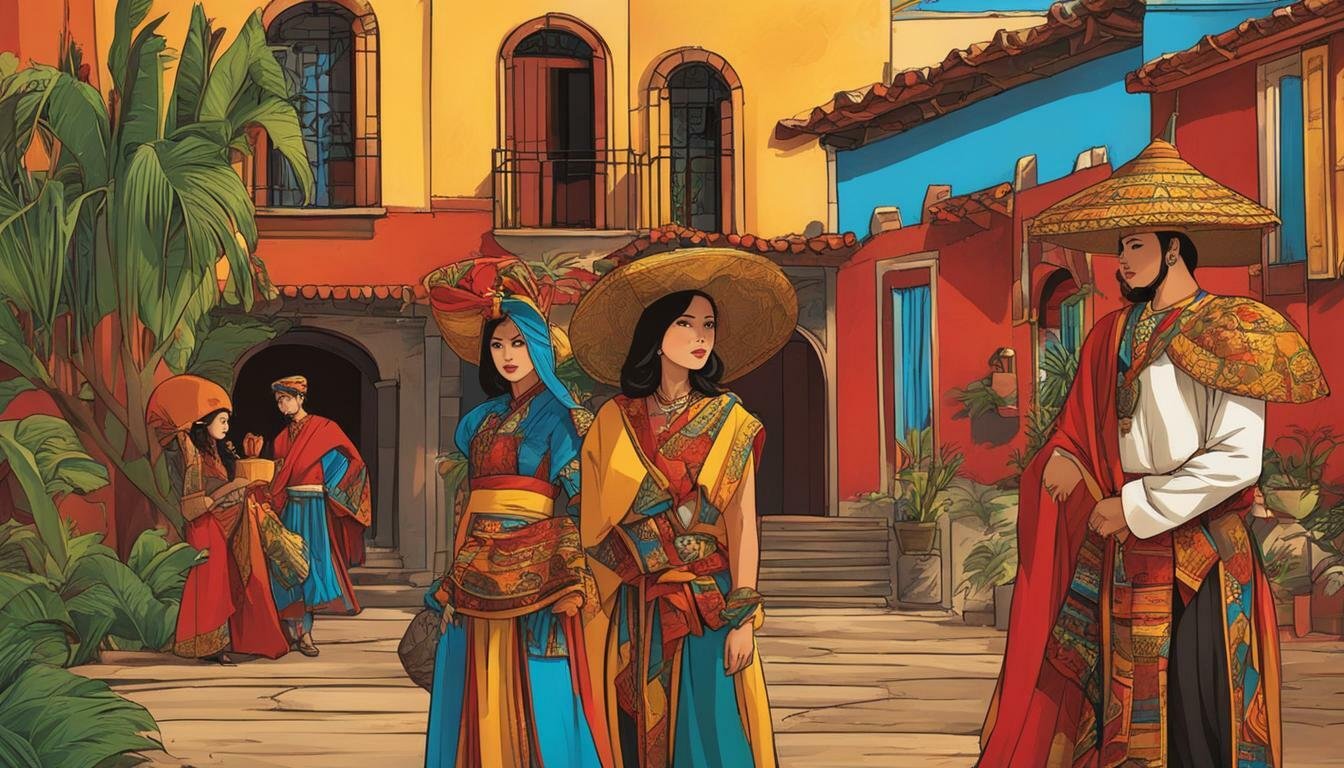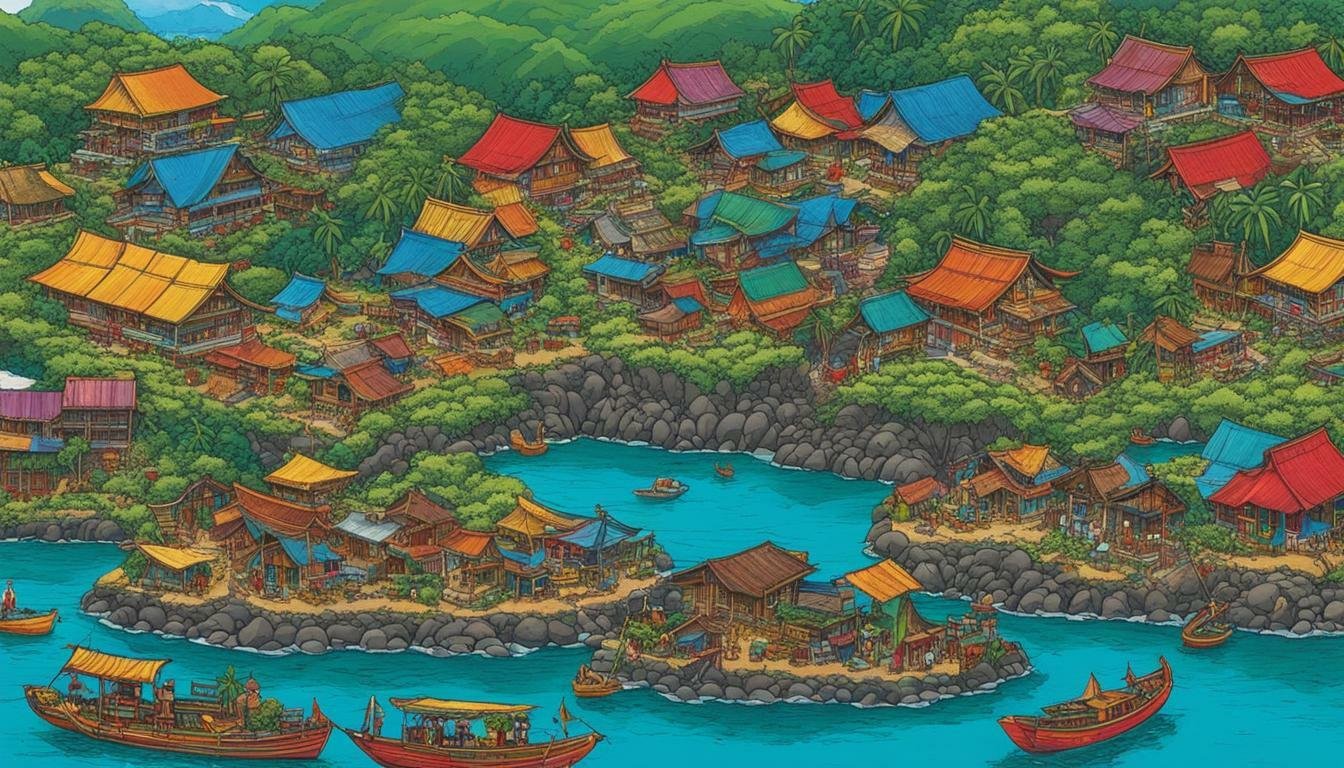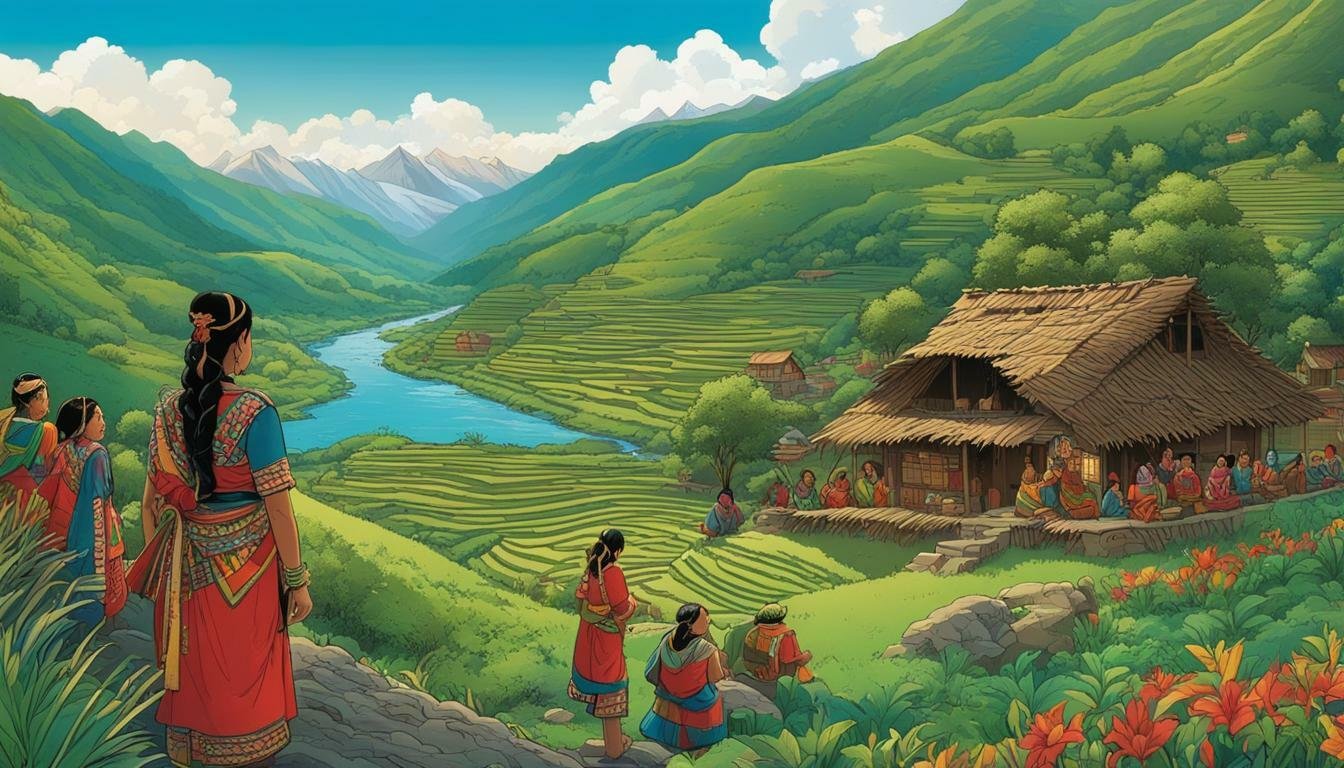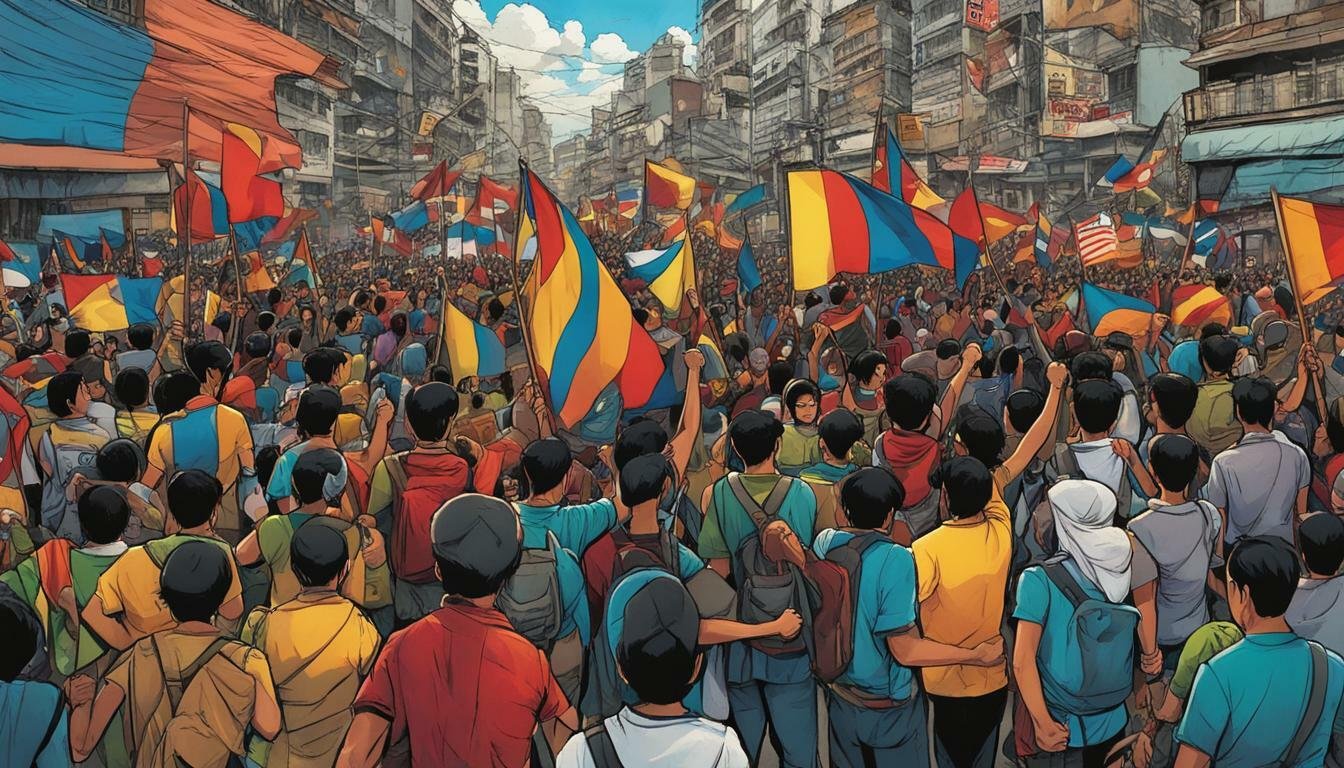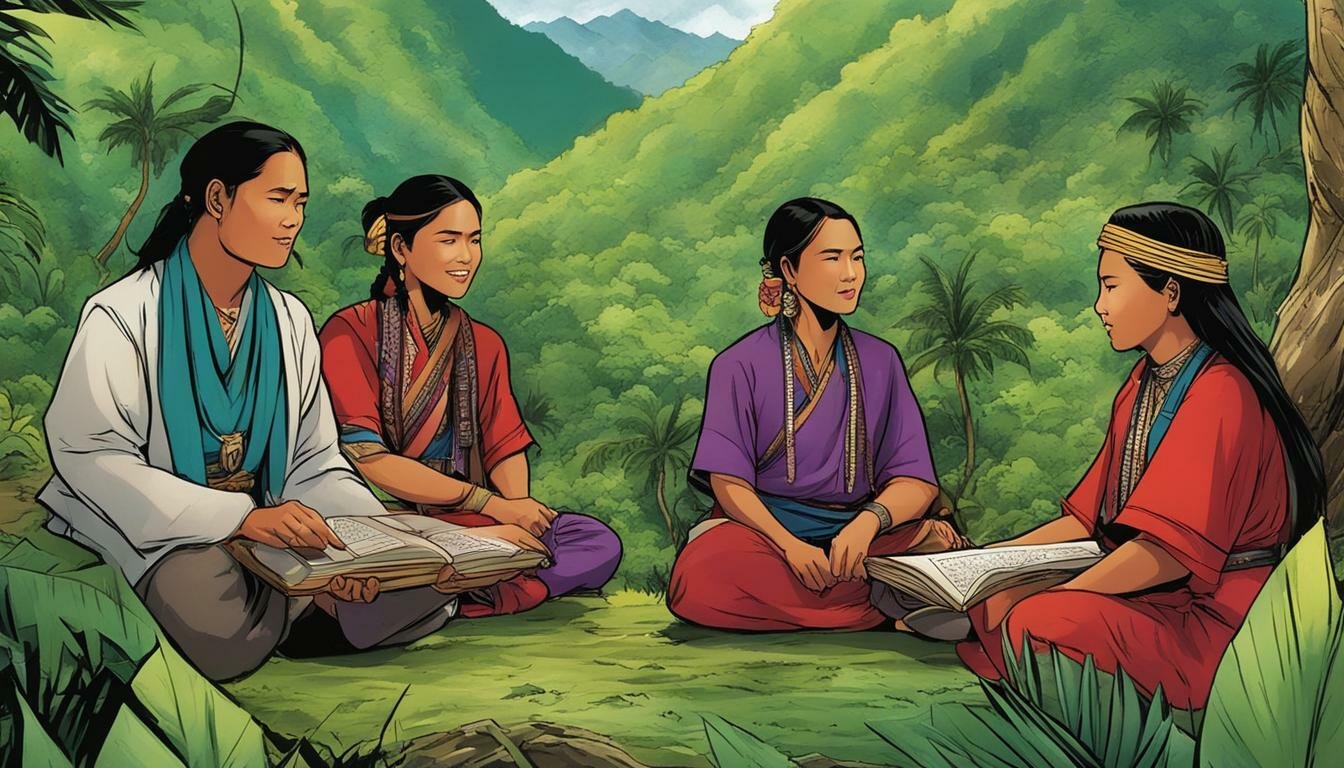The vast expanse of the Pacific Ocean, a formidable barrier for centuries, became a crucial bridge for global commerce with the establishment of The Manila-Acapulco Galleon Trade. For 250 years, from the late 16th century to the early 19th century, this maritime lifeline connected Asia with the Americas and, through the Americas, with Europe, fundamentally…
Tag: Philippine history
Deciphering the Historical 1565 Cebu Bombardment – A Deep Dive
The year is 1565. Just over four decades after Ferdinand Magellan’s fateful landing and demise, another Spanish fleet appears on the horizon of the Visayan islands. This time, under the command of Miguel López de Legazpi, the mission is clear: establish a permanent Spanish foothold in the archipelago. Their arrival in Cebu would not be…
Philippine Pre-Colonial Guerrilla Warfare
Long before the arrival of European colonizers, the islands that would eventually form the Pre-Colonial Philippines were home to diverse and dynamic societies. These indigenous communities, varying from small, independent barangays to larger, more complex sultanates, engaged in sophisticated forms of conflict, defense, and resistance. While the term “guerrilla warfare” is often associated with later…
Discovering Dumaguete: Tracing the City’s Rich Heritage
Nestled on the southeastern coast of the island of Negros, Dumaguete City stands as a vibrant testament to centuries of intertwined histories. Known affectionately as the “City of Gentle People,” Dumaguete is more than just a picturesque coastal city; it is a repository of fascinating narratives that chronicle its evolution from an early settlement to…
National Historical Commission of the Philippines
The National Historical Commission of the Philippines (NHCP) stands as the primary government agency in the Philippines dedicated to the preservation, promotion, and research of Philippine history. It is a vital custodian of the nation’s memory, tasked with ensuring that the rich and complex tapestry of the past is remembered, understood, and honored by present…
Exploring the Impact of Spanish on Tagalog Today
The history of the Philippines is inextricably linked to its colonial past, particularly the more than three centuries of Spanish colonization. This long period, stretching from the arrival of Ferdinand Magellan in 1521 to the end of the Spanish-American War in 1898, profoundly reshaped Philippine society, culture, and perhaps most visibly, its languages. Among these…
Yakan Language of the Philippines
The tapestry of Philippine history is woven with threads of diverse cultures and languages, each telling a unique story of the archipelago’s past and present. Among these vibrant threads is the Yakan language, spoken by the Yakan people, primarily residing in the province of Basilan and parts of Mindanao in the southern Philippines. More than…
Talaandig Language of the Philippines
he Philippines is an archipelago nation renowned for its staggering linguistic diversity. Hundreds of languages and dialects are spoken across its islands, each carrying the unique history, culture, and identity of its speakers. Among these linguistic treasures is the Talaandig Language of the Philippines, the ancestral tongue of the Talaandig people, one of the many…
Philippines’ People Power Revolution
The Philippines’ People Power Revolution, also globally known as the EDSA Revolution, stands as a pivotal moment in modern Philippine History. This monumental uprising, which primarily unfolded over four historic days in February 1986, saw millions of Filipinos take to the streets in a remarkable display of unity and defiance. It was a largely Nonviolent…
Maranao Language of the Philippines
The Maranao Language, also known by its speakers as Meranaw, stands as a vibrant testament to the rich cultural tapestry and enduring spirit of the Maranao people of the southern Philippines. Centered predominantly around the picturesque Lake Lanao in Mindanao, this Austronesian language is far more than a mere tool for communication; it is intricately…

